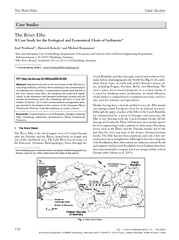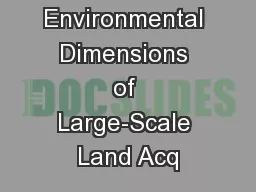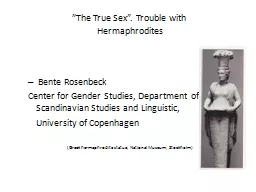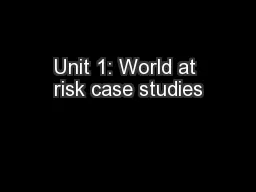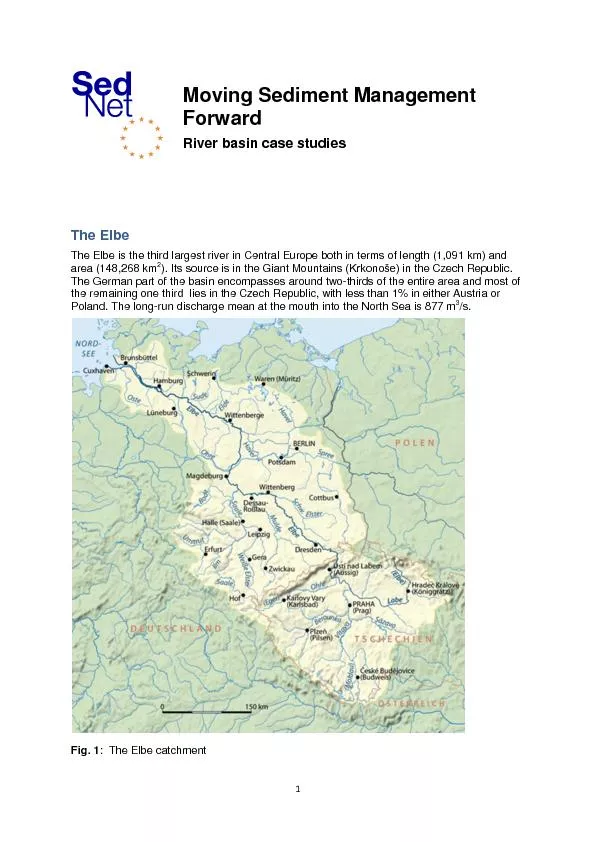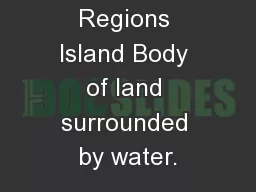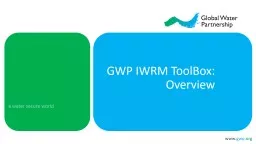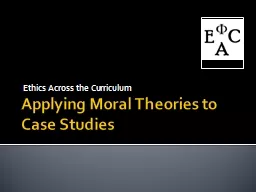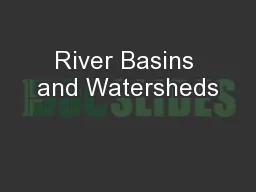PDF-The River Elbe Case Studies ecomed publishers D Land
Author : lois-ondreau | Published Date : 2015-06-07
WorthTX USA Tokyo Japan Mumbai Indien Seoul Korea JSS J Soils Sediments 22 22 2 3 112 116 2002 Case Studies The River Elbe A Case Study for the Ecological and Economical
Presentation Embed Code
Download Presentation
Download Presentation The PPT/PDF document "The River Elbe Case Studies ecomed pub..." is the property of its rightful owner. Permission is granted to download and print the materials on this website for personal, non-commercial use only, and to display it on your personal computer provided you do not modify the materials and that you retain all copyright notices contained in the materials. By downloading content from our website, you accept the terms of this agreement.
The River Elbe Case Studies ecomed publishers D Land: Transcript
Download Rules Of Document
"The River Elbe Case Studies ecomed publishers D Land"The content belongs to its owner. You may download and print it for personal use, without modification, and keep all copyright notices. By downloading, you agree to these terms.
Related Documents

